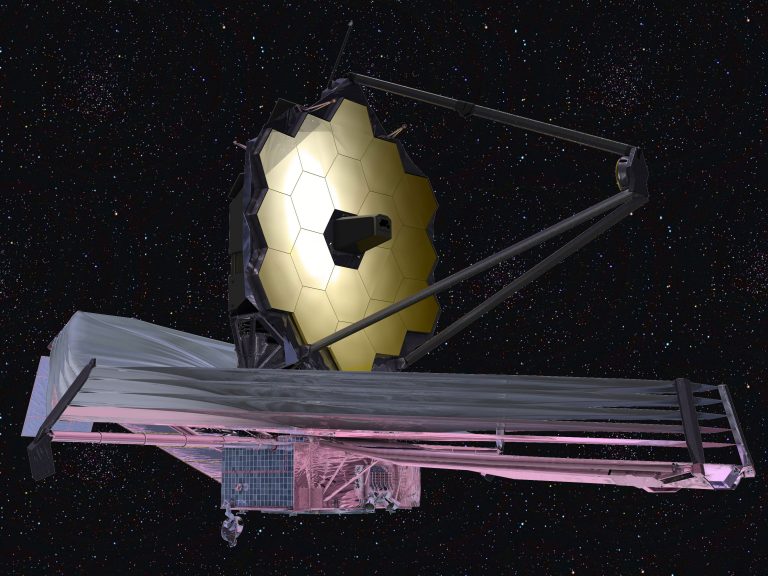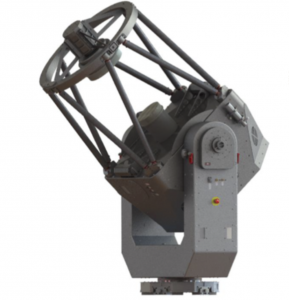Welcome to the
UniVie Star & Planet Formation Group!
We are the Star & Planet Formation Group led by Prof. Manuel Güdel at the Department of Astrophysics, University of Vienna. Our research topics range from the early formation of stars, protostellar and protoplanetary disks, exoplanetary systems and planetary habitability, to the long-term evolution of stellar magnetic activity and its influence on planetary atmospheres. We study these topics by applying theory, numerical simulations, and observations.
We are involved in the international consortia of big observatories at the Co-PI or Co-I level and/or in the respective science teams. These observatories include active or future space missions such as the James Webb Space Telescope, Athena, eXTP, Ysolde, and the planetary/exoplanetary missions CHEOPS, PLATO, Ariel, and Smile; on the ground, we are partners for the METIS instrument on the Extremely Large Telescope of ESO and the radial velocity follow-up observatory MARVEL on the Canary Islands.
On the Research pages you can read more about the research the Star and Planet formation group is working on.
Interested?
Feel free to contact us, and students check for availability of Student’s projects.
Next Coming Up in our Group:
The James Webb Space Telescope is operational! Check updates here at NASA (also here) and here at ESA. JWST will excel in the near and mid-infrared range. Its mirror has a diameter of 6.5 m. Our involvement is in the Mid Infrared Instrument (Co-PI Güdel for ETH Zurich, Switzerland). Due to this contribution, several group members are involved in some of the guaranteed time observation (GTO) programmes.

Also coming soon:


In the summer of 2021 the construction started of MARVEL, a 4-telescope array on La Palma, equipped with a high-res spectrograph for RV follow-up of thousands of exoplanets observed by TESS, PLATO, and Ariel, measuring their orbits, masses, and host star activity. MARVEL is designed, developed, and constructed by a small international consortium (Australia, Austria, Belgium, Spain, Sweden, and UK). Our group’s contribution is one of the four telescopes plus dome, through a large infrastructure grant of the University of Vienna.
 Star and Planet Formation
Star and Planet Formation